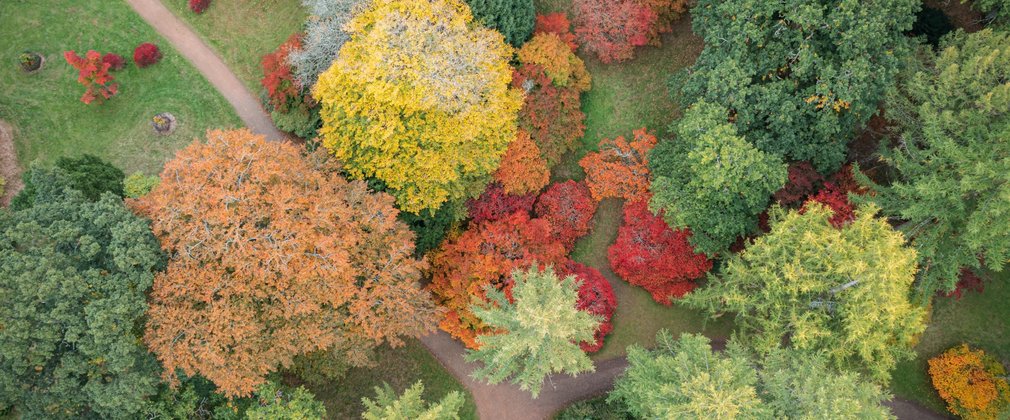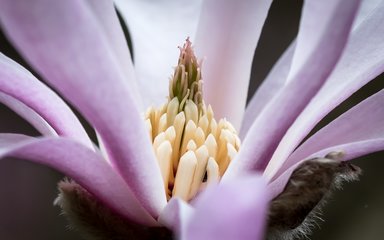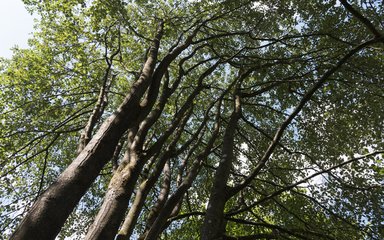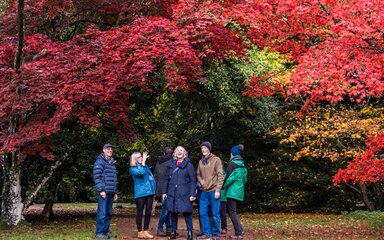
Threatened trees at Westonbirt Arboretum
Sadly, today some of the world's trees are in danger of disappearing from the planet. Here at Westonbirt, we hold around 100 of these threatened species and our team works hard to preserve them for future generations.
The latest research suggests there are over 60,000 tree species on earth. 20,000 have been assessed for conservation, and of those nearly half are thought to be threatened with extinction.
Did you know that some trees species are as rare as the most endangered animals on the planet?
To find out more, why not purchase ‘The Little Book of Disappearing Trees’, a beautifully designed and easy-to-read book that explains our active role in tree conservation and the partnership work that is being carried out both nationally and internationally to understand, research and care for endangered tree species.

Well-known trees such as magnolias (left) are amongst the most threatened, as well as oaks, maple and ebonies also being at risk.
The top threats to trees are agriculture, logging (this is different to harvesting), and livestock farming, but climate change and extreme weather are emerging dangers.
That means there are twice the number of threatened tree species globally than threatened mammals, birds, amphibians and reptiles combined.
"A third of the world’s trees are at risk of extinction" State of the World’s Trees report.
At Westonbirt we hold around 100 threatened species that are included on the IUCN Red List of Threatened Species; a list assessing the extinction risk of plants, fungi and animals.
We all know that the black rhino is critically endangered, but did you know that a five-finger maple, is also critically endangered? This is one of the trees that explodes in colour, during Westonbirt’s autumn displays.
Having these threatened trees at Westonbirt, provides an opportunity for researchers to study how they grow, helping to inform decisions on how to care for them and ensure that future generations can enjoy them.
Amongst some of the rarest trees at Westonbirt, categorised as Critically Endangered on the IUCN Red list, is the Wollemi Pine, a spiky looking tree, now found only in the wild in a remote gorge of the Wollemi National Park, Australia.
One of the world's oldest and rarest plants dating back to the time of the dinosaurs and with less than 100 adult trees known to exist in the wild, the Wollemi pine is now the focus of extensive research to safeguard its survival.
The Wollemi is threatened in the wild by exotic diseases and weeds, wild fires and climate change.


Another more local tree which is categorised as Endangered on the IUCN Red list, is the Bristol whitebeam.
First discovered in Leigh Woods in 1852, it grows wild in the Avon Gorge and nowhere else in the world.
There are seven kinds of whitebeam endemic to the Avon Gorge, and they are threatened by pests and diseases, competition from larger tree species and landslides - all of which occur in the Avon Gorge and could wipe out the entire species.



